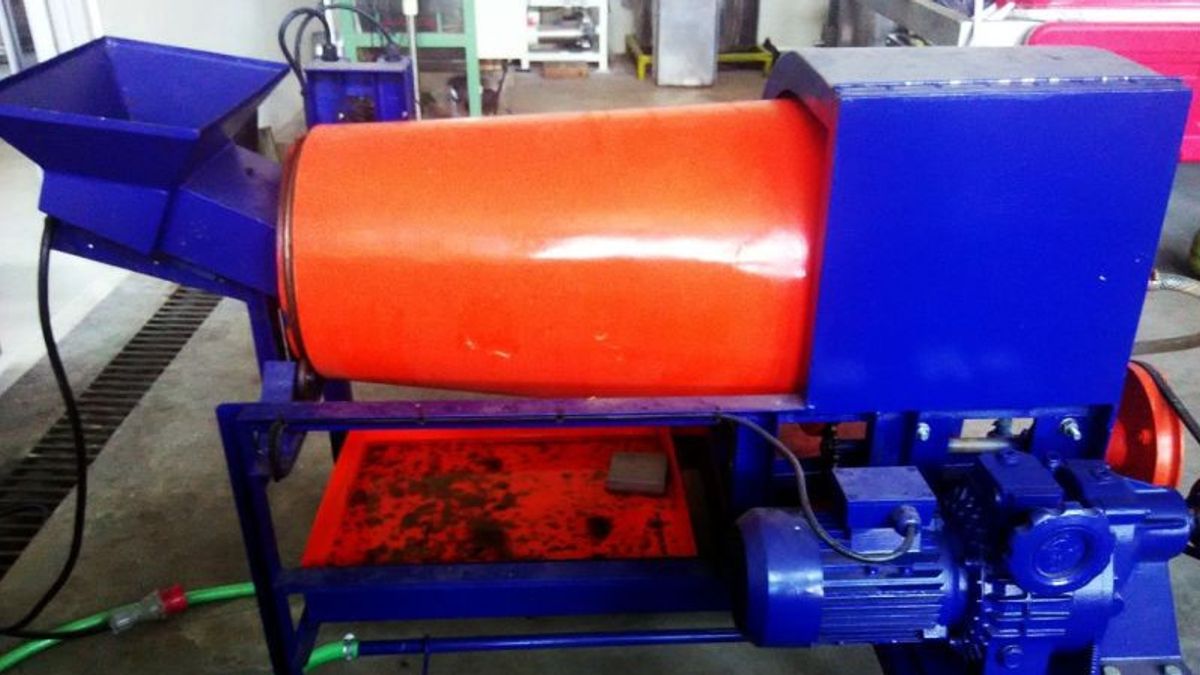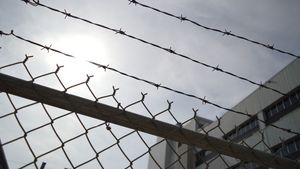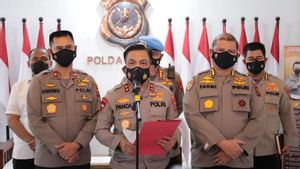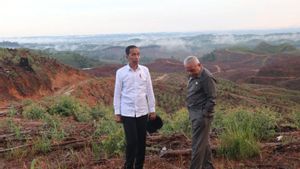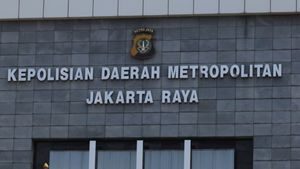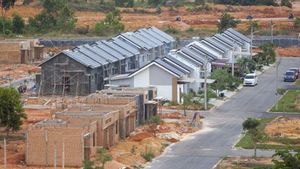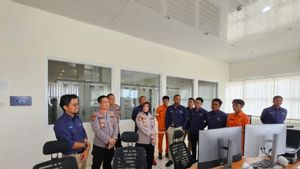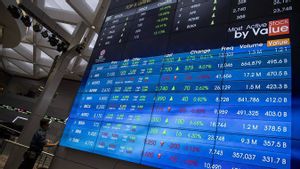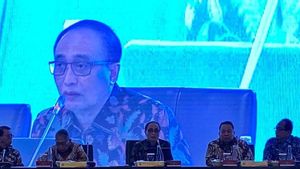JAKARTA - The Ministry of Maritime Affairs and Fisheries (KKP) has developed an innovation for seaweed commodities by using seaweed fertilizer processing technology produced through the Bantul Fisheries Processing Mechanization Research Workshop (LRMPHP).
"Seaweed is a gift for the Indonesian people that can be used ecologically, economically and socially to become a driving force for national and global development that is environmentally friendly and sustainable," said Minister of Maritime Affairs and Fisheries Sakti Wahyu Trenggono, quoted by Antara, Sunday, January 30.
Meanwhile, Plt. Head of the Research and Human Resources Agency of KKP Kusdiantoro said his party had conducted various seaweed research, one of which was carried out by LRMPHP Bantul. This work unit is under the supervision of the Fisheries Research Center BRSDM.
The research was conducted in order to support the three priority programs of the KKP, especially in the second program, namely the development of aquaculture based on export, with leading commodities in the global market, including shrimp, lobster, crab, and seaweed.
Head of LRMPHP Luthfi Assadad said the equipment for processing organic fertilizer from seaweed that has been developed is processing liquid fertilizer and processing solid (granular) fertilizer.
In the basic process, a continuous washing machine is used with a washing capacity of 100 kg/hour (E. Cottonii) and 40-60 kg/hour (Sargassum sp.), which uses 1,000 watts of 3 phase electricity. A continuous system counter with a capacity of 10 kg/hour is also used, which uses 3 phase electricity, 8,000 watts.
In the processing of liquid fertilizer, an extractor with a capacity of 90 kg/90 minutes uses 6,000 watts of electric power. A press is also used using a hydraulic press with a capacity of 10 kg/10 minutes, which uses 1,000 watts of electric power.
As for solid fertilizer processing, first, a granulator with a capacity of 10 kg/hour is used, which uses 2,500 watts of 3 phase electricity.
Second, a conveyor with a capacity of 5 kg/hour is used with a drum diameter of 32 cm, which uses 1,000 watts of electric power. Third, a sieve with a capacity of 5 kg/hour is used, which uses 1,000 watts of electric power.
Meanwhile, LRMPHP researcher Bakti Berlyanto Sedayu said that making seaweed fertilizer is actually quite easy, and can be done by households.
According to Bakti, the first method is to cut fresh seaweed and then boil it using distilled water, after that the boiled water is filtered. The filtered water contains entirely seaweed extract which can be applied directly to plants.
The second method, continued Bakti, is the same as the first method but comes from dried seaweed.
SEE ALSO:
While the third method, he continued, fresh seaweed is washed using tap water and then ground using a grinder until smooth. The ground seaweed is then added with water and crushed trash fish meat is added to increase the nitrogen element.
Furthermore, the seaweed mixture is fermented or composted in a closed container for several days. Seaweed extract liquid from composting seaweed can be taken through a pipe installed in the composting tube, and for spraying applications to plants, it needs to be diluted with water first.
"Various research results have proven that seaweed liquid fertilizer can accelerate plant growth, accelerate fruit growth, and even increase horticultural yields. Seaweed liquid fertilizer also has high efficacy for use in flower plants," said Bakti.
The English, Chinese, Japanese, Arabic, and French versions are automatically generated by the AI. So there may still be inaccuracies in translating, please always see Indonesian as our main language. (system supported by DigitalSiber.id)
